Elevate Your Lifestyle: A Comprehensive Guide to Yoga Practices for a Healthy and Balanced Life
The Basics of Yoga for a Healthy Lifestyle
In ancient India, a physical, mental, and spiritual practice was generated, called yoga. Meditation, breathing techniques, and physical postures are involved in yoga. For a healthy living, regular yoga practice is very helpful.
Understanding What Yoga Practice Includes and its Benefits
Asanas (physical postures), pranayama (breathing techniques), and dhyana (meditation) are three major pillars of yoga practice. All three components together provide amazing benefits to mind, body, and soul.

Flexibility is improved by practicing yoga. Muscles, ligament, and joints are stretched and strengthen by doing yoga regularly, making range of motion to increase and decrease the risk of injuries.
In addition to flexibility, yoga also enhances strength. Holding different poses requires engaging various muscle groups, leading to improved muscular endurance and tone.
Stress is also reduced by yoga practice. Anxiety and depression are lowered by meditation techniques and deep breathing, as it helps to relaxing mind and body, eventually releasing stress.
Another significant benefit of yoga is enhanced inner peace. One can feel the tranquility and serenity by living in present and practicing meditation.
Moreover, yoga can contribute to better respiratory health. Pranayama techniques involve conscious control of breath, which can improve lung capacity and overall respiratory function.
Furthermore, yoga can positively impact cardiovascular health. Heart health is also improved by doing some yoga styles like Ashtang and Vinyasa. These styles have some physical movements which increases heart rate and pumping of blood.
Lastly, yoga promotes better body awareness and alignment. By paying attention to posture and alignment during poses, individuals can correct imbalances and reduce the risk of chronic pain and postural issues.
Overall, yoga is full of benefits, from increasing flexibility, heart health, strength to reducing stress, tension and enhancing inner peace.
Yoga for Beginners: How to Get Started
In starting, one should practice yoga for beginners. Let’s get you started with some tips and strategies:
- Find a reputable yoga studio or online platform that offers beginner classes.
- Invest in a good quality yoga mat that provides cushioning and grip.
- Wear comfortable clothing that does not restrict the motion.

- Begin with basic poses like Mountain Pose (Tadasana), Child’s Pose (Balasana), and Downward-Facing Dog (Adho Mukha Svanasana).
- Focus on proper alignment and body positioning to prevent injuries.
- Listen to your body and honor its limits. Don’t push yourself too hard or force a pose.
- Regular practice is very important, even just few minutes each day is good. To see the result you should be consistent.
- Consider scheduling a private session with a yoga instructor to learn correct techniques and modifications.
Always keep in mind that yoga practice is a slow but effective journey. Patience and consistency is very important. Enjoy the process and embrace the positive changes yoga brings to your body and mind.
Yoga is helpful for women during menstrual cycle and symptoms of menopause. Yoga can have positive effect on reproductive health. It also supports emotional health. Prenatal yoga is also beneficial for pregnant women, providing gentle exercises and relaxation techniques.
The benefits of yoga for women are:

- Menstrual discomfort and pain is relieved.
- Menopause symptoms are reduced.
- Reproductive health is improved.
- Stress, anxiety, and depression are reduced, supporting emotional well-being.
- Strength and flexibility is enhanced.
- Healthy pregnancy can be achieved by prenatal yoga.
Incorporating yoga in everyday routine, women can improve their overall health. It can give them emotional, physical, and mental support and impact their lives positively.
Yoga Practice for Kids: Promoting Health and Emotional Development
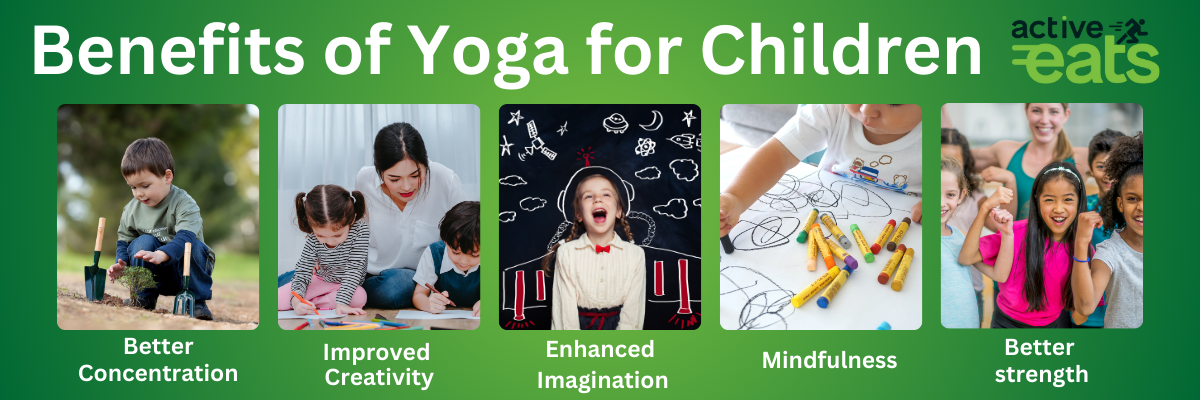
In children, physical and emotional fitness can be introduced in a fun way through yoga. It can be helpful in coordination, strength, and flexibility. Children can also elevate focus, self-esteem, and concentration by practicing yoga regularly.
Yoga plays a vital role in emotional development of children. By teaching mindfulness and relaxation techniques, yoga can aid in managing stress and anxiety in children. Regulating emotions, calming mind, and increasing self-awareness in children can be done incorporating yoga practice in their daily routine.
Furthermore, yoga encourages creativity and imagination. Children can express themselves through various yoga practices, creating stories and sequences that engage their minds and bodies. Critical thinking, decision making, and problem solving ability are enhanced by yoga.
Yoga classes for kids are specially designed to be age-appropriate and engaging. They incorporate games, songs, and interactive activities to make the practice enjoyable and accessible for children of all abilities. Introducing children to yoga at young age will make them aware and motivated towards health and fitness for their entire life.
Improving Mental Health and Immunity Through Yoga
Regular yoga practice has been linked to reduce stress, anxiety, and depression resulting in improved mental health. Breath control, physical postures, and mindfulness exercise in yoga should be combined to get the full benefit for mind, body, and spirit.
According to research, yoga practice strengthens immune system making it fight infections and reduce risk of diseases. Stress makes immune system weak and yoga practice is a great stress buster. Immunity is supported by stimulating lymphatic system by some yoga postures.
Relaxation and mindfulness techniques provide inner peace and emotional support. It also helps a person to create a deep connection to them and manage anxiety and stress.
Enhancing Flexibility with Yoga Practices: Tips and Techniques
Yoga practice has the power to increase flexibility and range of motion.
Tips for improving flexibility include:
- Consistent practice: Regularly incorporating yoga practice into your routine can gradually improve your flexibility over time.
- Proper warm-up: Gentle warm-up is recommended before starting yoga practice to prepare your muscles and joints for stretches.
- Mindful stretching: Focus on proper alignment and listen to your body’s limits during stretching exercises. Keep in mind not cause any injury by pushing yourself too far.
- Using props like blocks or straps can also assist in achieving deeper stretches and maintaining proper alignment.
Yoga for Posture: Correcting alignment, promoting balance, and reducing inflammation
Practicing yoga can help correct poor posture and promote better alignment. Strength to core muscles and balance to body is provided by physical postures and breathing exercises. Posture and spine health is also improved reducing in occurrence of musculoskeletal imbalance.
Yoga postures, or asanas, also have the potential to reduce inflammation in the body. Many health issues and discomfort can be caused by inflammation which can be reduced by some twists and backbends.
Proper alignment, reduction in inflammation, and improved balance can be achieved by practicing yoga every day.
Detox Yoga: Cleansing the Body and Mind

Detox yoga involves specific poses and sequences that aim to clean toxins from body and mind.
Support detoxification, increase blood circulation, and improves digestion.
Breathing exercises and meditation in detox yoga can aid in mental clarity and stress reduction.
Exploring Different Types of Yoga: Which is Right for You?
Every yoga practice has its own benefits. Here are some yoga and its benefits:
- Hatha Yoga: Hatha yoga focuses on physical postures and breathing exercises. It is a gentle and slow-paced practice suitable for beginners.

- Vinyasa Yoga: Vinyasa yoga emphasizes continuous movement and flow. It synchronizes breath with movement and offers a more dynamic and challenging practice.

- Ashtanga Yoga: Ashtanga yoga follows a specific sequence of poses, with an emphasis on strength, flexibility, and breath control. It requires high physical ability.
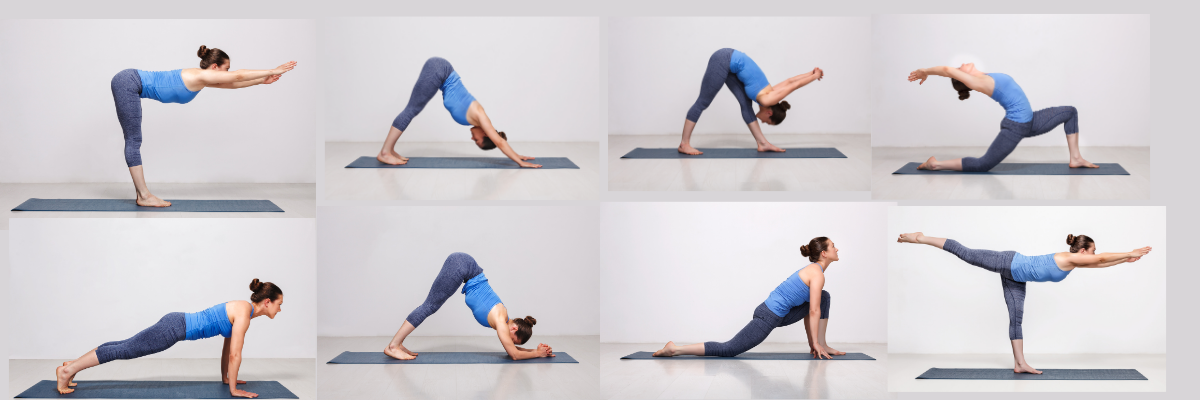
- Bikram Yoga: Bikram yoga is practiced in a heated room. It is also called hot yoga. It consists of a sequence of 26 postures and two breathing exercises, promoting detoxification and flexibility.

- Iyengar Yoga: This style focuses on alignment and precision in each posture. Props like blocks, straps, and walls are often used to help students achieve the correct positions.

- Kundalini Yoga: Kundalini yoga aims to awaken the dormant energy at the base of the spine and draw it upward through the chakras. It involves dynamic breathing techniques, meditation, and chanting.
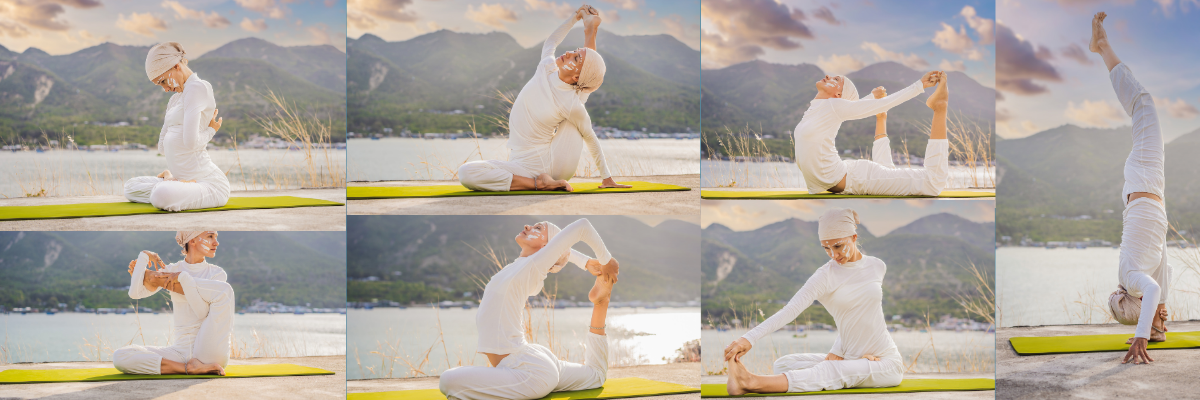
- Yin Yoga: This style focuses on holding passive poses for an extended period, usually three to five minutes, to target the connective tissues in the body and increase flexibility.
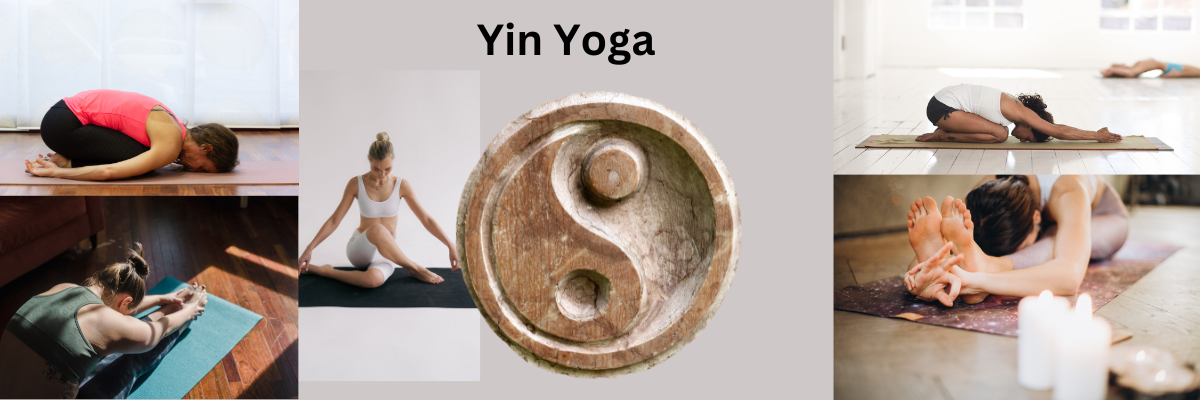
- Restorative Yoga: This is a gentle and relaxing style where props are used to support the body in various poses. It’s aimed at promoting relaxation and stress relief.

- Jivamukti Yoga: This style integrates physical postures with breath control, meditation, and ethical principles. Classes often include music, chanting, and readings.

- Anusara Yoga: Anusara focuses on a set of Universal Principles of Alignment that underlie all yoga poses. It emphasizes heart-opening postures and a positive, uplifting philosophy.
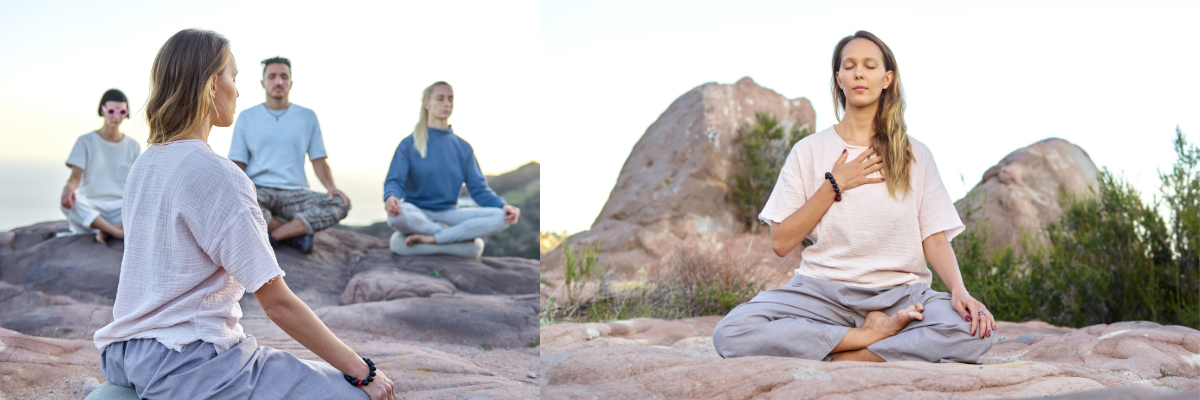
- AcroYoga: Acrobatics and yoga are combined in this. Mostly a partner is required for this style. It involves elements of trust, communication, and strength.
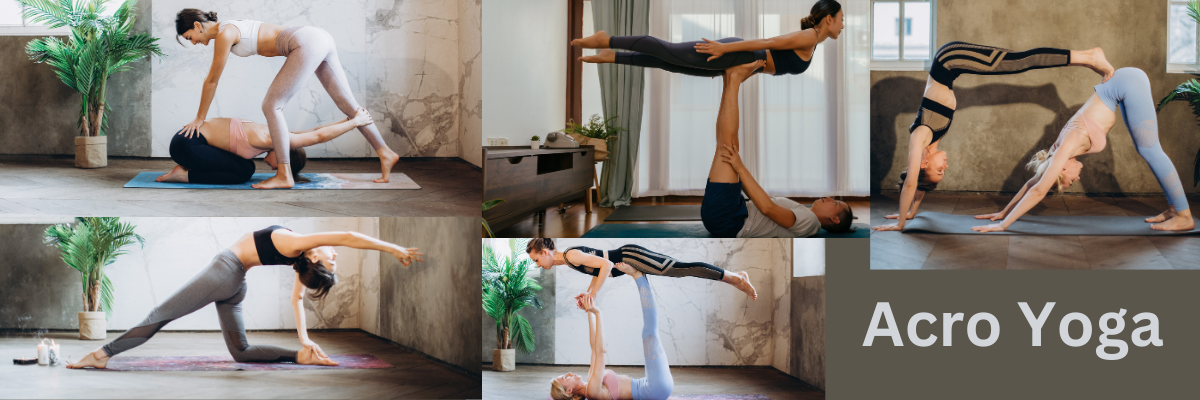
- Aerial Yoga: In this style, practitioners use a silk hammock or swing to perform postures and inversions. It adds an element of suspension and can be both challenging and fun.
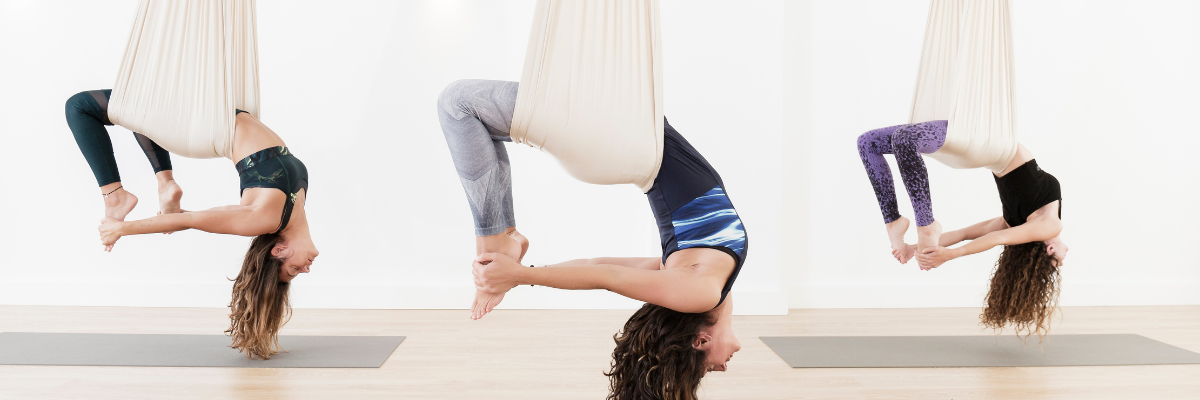
- Power Yoga: This is a more vigorous and fitness-based approach to vinyasa yoga, focusing majorly on strength, flexibility, and endurance.
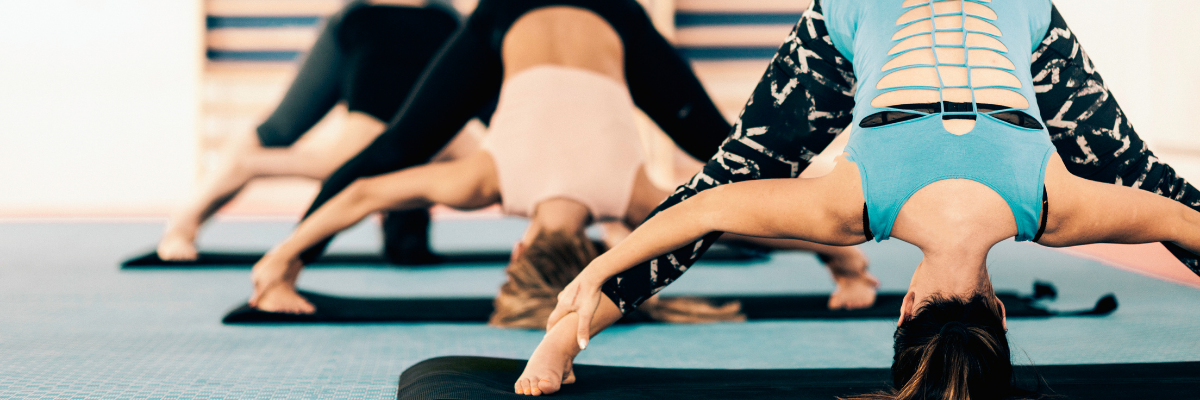
To get to know the style that is for your goals and abilities, it is essential to decode through different styles. Guidance of qualified yoga teacher can help you choose best yoga for you.
The Best Time to Practice Yoga for Optimal Results
The best time to practice yoga may vary for individuals, but many find mornings or evenings to be ideal.
Morning yoga can energize and prepare the body for the day, while evening practice can promote relaxation and better sleep.
Find a time that works best for your schedule and allows for a consistent yoga routine.
Understanding and Managing Risks in Yoga Practice
Yoga provides a lot of benefits, but also it is important to know the risks involved and precautions to be taken during practicing yoga.
Injuries can occur if poses are performed incorrectly or if individuals push themselves beyond their limits.
Practicing under the guidance of a qualified instructor and listening to your body is the key in minimizing risks and ensuring a safe yoga practice.
Conclusion
For overall healthy lifestyle, yoga is a very impactful tool to add to your routine. Beginners or experienced, yoga is for everyone and it helps to support physical, mental, and emotional health.
Flexibility, strength, and agility are improved by yoga postures. Anxiety, stress, and depression reduced to provide calmness to mind, body, and soul. It can benefit people of all ages and genders, from women seeking relief from menstrual discomfort to children enhancing their emotional development.
Improving mental and immune health is also linked with yoga. For improved balance and posture of body, and to reduce inflammation, yoga should be incorporated in routine. Additionally, detox yoga can aid in cleansing the body and mind, promoting overall vitality.
The best suitable yoga for you is important to know from all the available yoga styles. Whether it’s gentle Hatha, dynamic Vinyasa, or challenging Ashtanga, there’s a yoga practice out there that will suit your individual needs and goals.
Lastly, it’s vital to practice yoga safely and mindfully. Being aware of the potential risks and practicing under the guidance of a qualified instructor can ensure a safe and effective yoga journey.
Inner peace, balance, and self-awareness can be enhanced by adding yoga in daily schedule. So roll out your mat, take a deep breath, and embark on your yoga journey towards a healthier and happier lifestyle.


The Power of Healthy Eating and an Active Lifestyle - Coach Active Eats
[…] in moderate and safe physical activity. Prenatal exercises like walking, swimming, and prenatal yoga contribute to overall fitness, help manage weight, and prepare the body for […]
Gut Health Hacks - Coach Active Eats
[…] your gut health. Incorporate relaxation techniques such as meditation, deep breathing exercises, or yoga into your daily routine. Regular exercise and self-care activities like taking a bath or reading a […]
Obesity : Uncensored - Coach Active Eats
[…] stress management techniques such as meditation, yoga, or engaging in hobbies can help alleviate stress and reduce emotional eating […]
Cholesterol and Its Alarming Effect on Health - Coach Active Eats
[…] and increase the risk of heart disease. Practice stress-management techniques like meditation, yoga, or engaging in hobbies to reduce stress and promote overall […]